The year 2010 stood as a monumental period for Japan’s vibrant manga industry. It was a time when established series solidified their dominance, captivating a massive global readership, while simultaneously, emerging titles began to carve out their own significant niches, drawing in new fans with fresh narratives and distinctive artistic styles. This comprehensive article delves into the top-selling manga series of that year, offering in-depth explorations of their compelling storylines, critical reception, profound cultural impact, and the precise sales figures that cemented their places in history.
Top-Selling Manga in Japan by Series: 2010
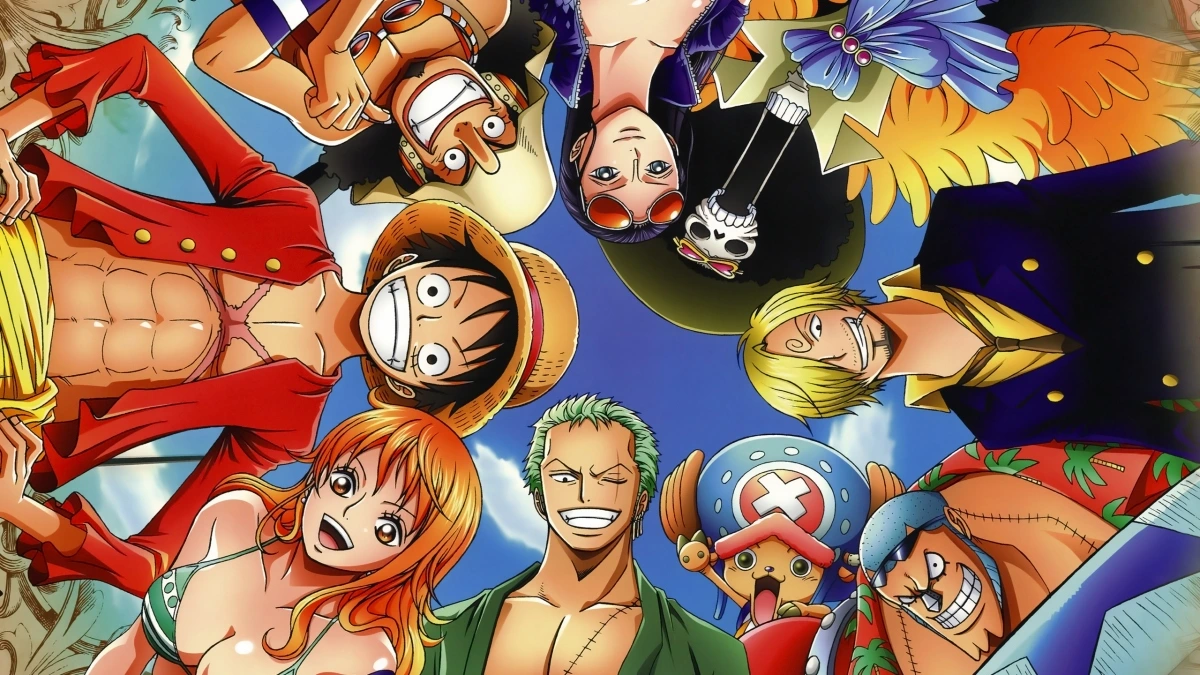
One Piece led the charge as the undisputed champion of 2010. Created by the visionary Eiichiro Oda, this epic tale follows the grand adventures of Monkey D. Luffy, a young man with a rubber-like body acquired after consuming a mysterious Devil Fruit, and his diverse crew, the Straw Hat Pirates. Their ultimate quest is to find the legendary treasure, the One Piece, and for Luffy to claim the coveted title of King of the Pirates. The series is globally renowned for its incredibly expansive and imaginative world-building, intricately woven plotlines that span hundreds of chapters, and an expansive cast of truly memorable and deeply developed characters. Critics and fans alike consistently laud One Piece for its masterful storytelling, which seamlessly blends exhilarating action, thrilling adventure, laugh-out-loud humor, and profound emotional depth that can bring readers to tears. Oda’s distinctive art style, while unique, is instantly recognizable and contributes significantly to the series’ enduring charm and universal appeal. The underlying themes of unwavering friendship, the pursuit of absolute freedom, and the relentless drive to achieve one’s dreams resonate powerfully with audiences across all demographics and cultures worldwide. Its cultural impact is immeasurable; One Piece remains one of the best-selling manga series of all time, holding a Guinness World Record for the most copies published for the same comic book series by a single author. Its influence stretches far beyond the printed page, manifesting in numerous highly successful anime adaptations, blockbuster films, popular video games, and an endless array of merchandise, firmly establishing it as a global cultural phenomenon. In 2010 alone, One Piece sold an astounding 32,343,809 copies, a testament to its unparalleled popularity.
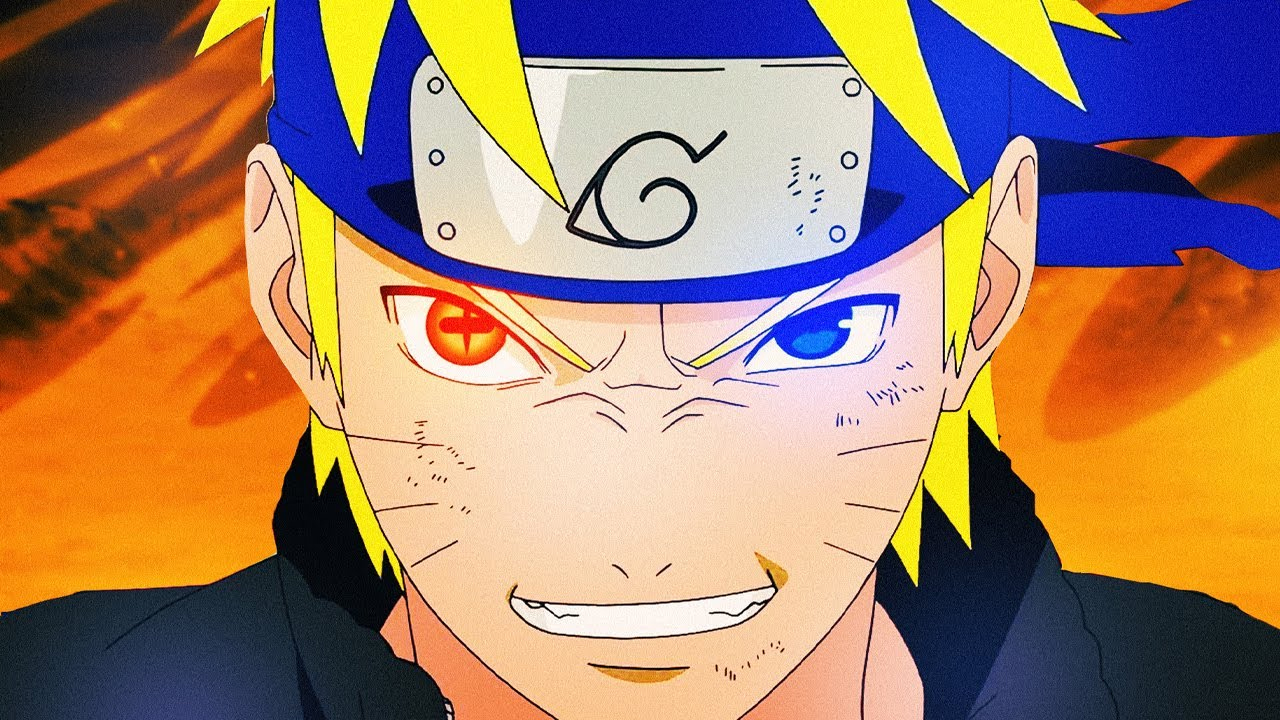
Naruto, by the acclaimed Masashi Kishimoto, secured the second spot, further cementing its status as a global powerhouse. The series centers on Naruto Uzumaki, a spirited young ninja who faces ostracization from his village due to the fearsome Nine-Tailed Demon Fox sealed within him. The compelling narrative chronicles his relentless journey to overcome prejudice, earn recognition from his peers, and ultimately achieve his life-long dream of becoming the Hokage, the revered leader of his ninja village. Naruto is widely celebrated for its dynamic and visually striking action sequences, its deeply well-developed and relatable characters, and its profound exploration of universal themes such as unwavering perseverance, the invaluable strength of friendship, and the personal triumph over immense adversity. The series’ emotional depth and its ensemble of characters, each with their own struggles and aspirations, have cultivated a truly dedicated and passionate global fanbase. Like One Piece, Naruto is another globally recognized manga and anime franchise, whose influence on contemporary popular culture is undeniable. Its iconic characters, memorable Jutsu, and intricate storylines have inspired countless fans, aspiring artists, and creators across various mediums. The franchise has generated numerous successful spin-offs, feature films, and highly engaging video games, proving its pervasive reach. In 2010, Naruto achieved impressive sales of 7,409,068 copies.
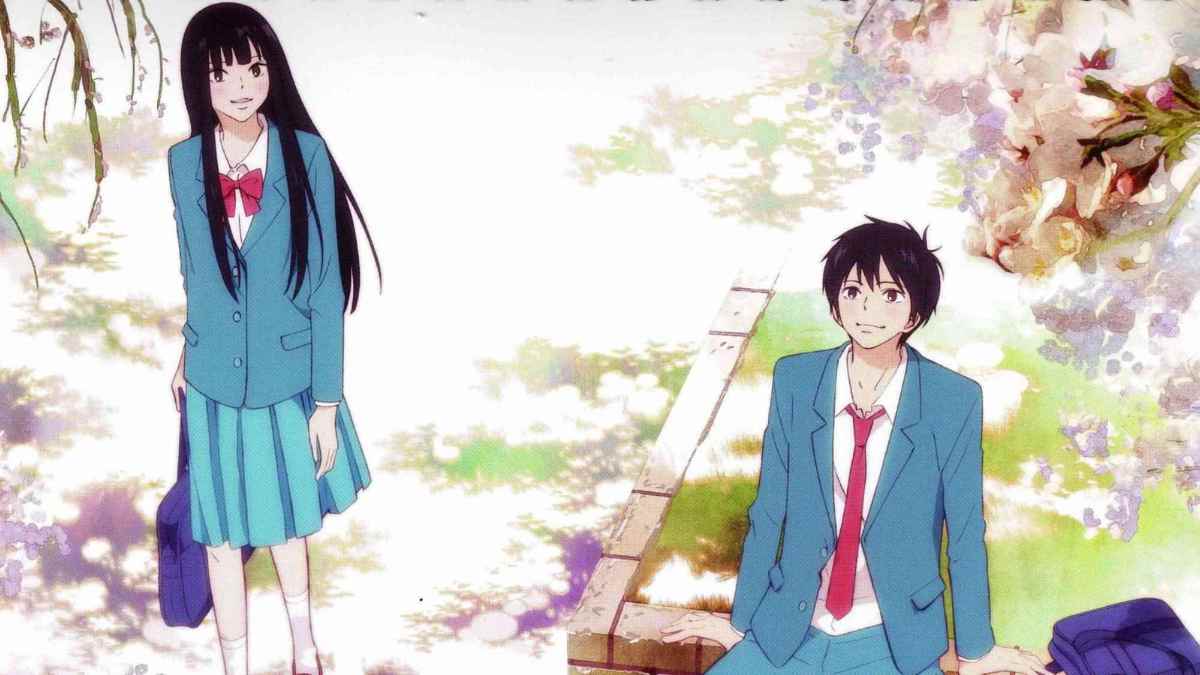
Taking the third position, Kimi ni Todoke (From Me to You) by Karuho Shiina, offered a heartwarming counterpoint to the action-packed shonen giants. This beloved shojo manga delicately tells the story of Sawako Kuronuma, a high school girl who, despite her kind nature, is severely misunderstood and often feared by her classmates due to her striking resemblance to Sadako from the iconic horror film The Ring. Her isolated life takes a significant turn when she forms an unlikely friendship with Shota Kazehaya, one of the most popular and outgoing boys in her class. Kimi ni Todoke is universally praised for its genuinely heartwarming and remarkably realistic portrayal of first love, the complexities of forming friendships, and the subtle nuances of personal growth. The series’ gentle, deliberate pace and its unwavering focus on the nuanced development of its characters make it an undeniably cherished shojo title. Its widespread appeal led to successful adaptations, including a beloved anime series and a live-action film, which further solidified its popularity among a broader audience. The manga’s focus on authentic emotions and its highly relatable characters resonated deeply with a wide demographic, particularly young women, making it a significant sales performer. In 2010, Kimi ni Todoke sold 6,572,813 copies.

Securing the fourth spot, Fairy Tail, created by the prolific Hiro Mashima, continued to captivate readers with its blend of magic and adventure. The series follows the exhilarating escapades of Natsu Dragneel, a powerful Dragon Slayer mage, and his eclectic group of companions from the renowned Fairy Tail guild. It is widely recognized for its fast-paced, high-energy action sequences, its effective incorporation of comedic elements, and its strong emphasis on the profound bonds of camaraderie and loyalty within the guild. Fairy Tail is highly appreciated for its energetic storytelling, its vibrant and diverse cast of characters, and its consistent exploration of themes such as the power of friendship and unwavering loyalty to one’s chosen family. While some critics have occasionally pointed out its reliance on fan service, the series’ overwhelmingly positive message and consistently engaging plotlines have garnered it a massive and dedicated global following. The series’ popularity transcended the manga pages with its adaptation into a long-running and immensely popular anime series, as well as several successful animated films, all contributing to its global reach. Its focus on teamwork and the collective overcoming of formidable challenges has firmly established it as a perennial favorite among shonen manga fans. In 2010, Fairy Tail sold an impressive 5,739,526 copies.
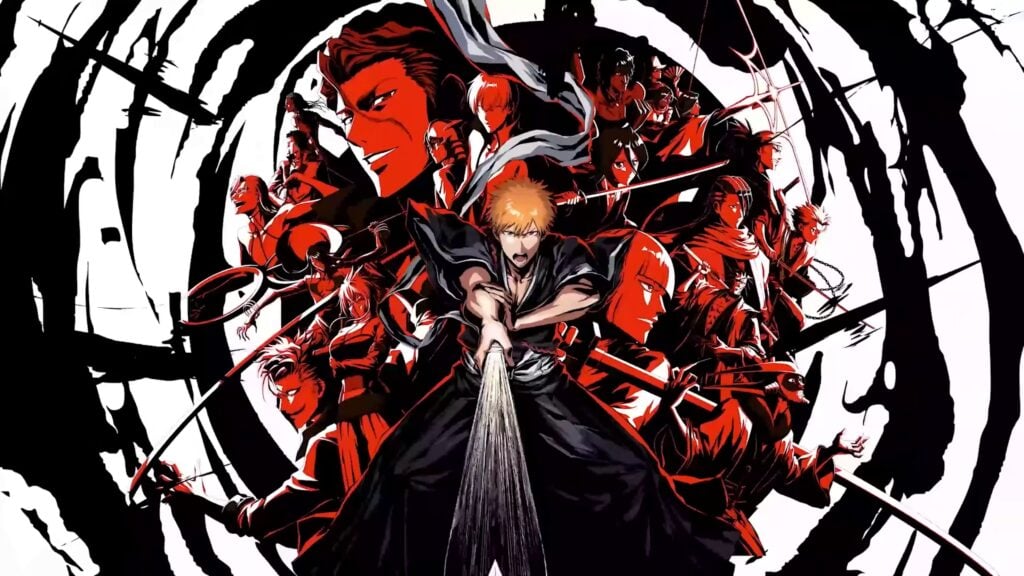
In the fifth position, Bleach, Tite Kubo’s stylish action-fantasy series, maintained its significant presence in the manga market. The story centers on Ichigo Kurosaki, a seemingly ordinary high school student who possesses the unique ability to see spirits. His life takes a dramatic turn when he inadvertently gains the formidable powers of a Soul Reaper (Shinigami). Armed with these newfound abilities, Ichigo dedicates himself to protecting innocent humans from malevolent spirits known as Hollows, and guiding deceased souls to the afterlife. Bleach is critically acclaimed for its distinctive and highly stylized artwork, its exhilarating and well-choreographed action sequences, and its intriguing exploration of supernatural realms and existential themes. The series’ complex and expanding plot, combined with its diverse and charismatic cast of characters, including powerful allies and compelling antagonists, has contributed significantly to its enduring success and widespread appeal. Its substantial cultural impact is undeniable, having been adapted into a globally popular anime series, several feature films, and numerous successful video games across various platforms. Its influence on the broader shonen genre is clearly evident, particularly in its emphasis on stylish action, intricate spiritual lore, and unique character designs that have become iconic. In 2010, Bleach sold a robust 5,204,193 copies.
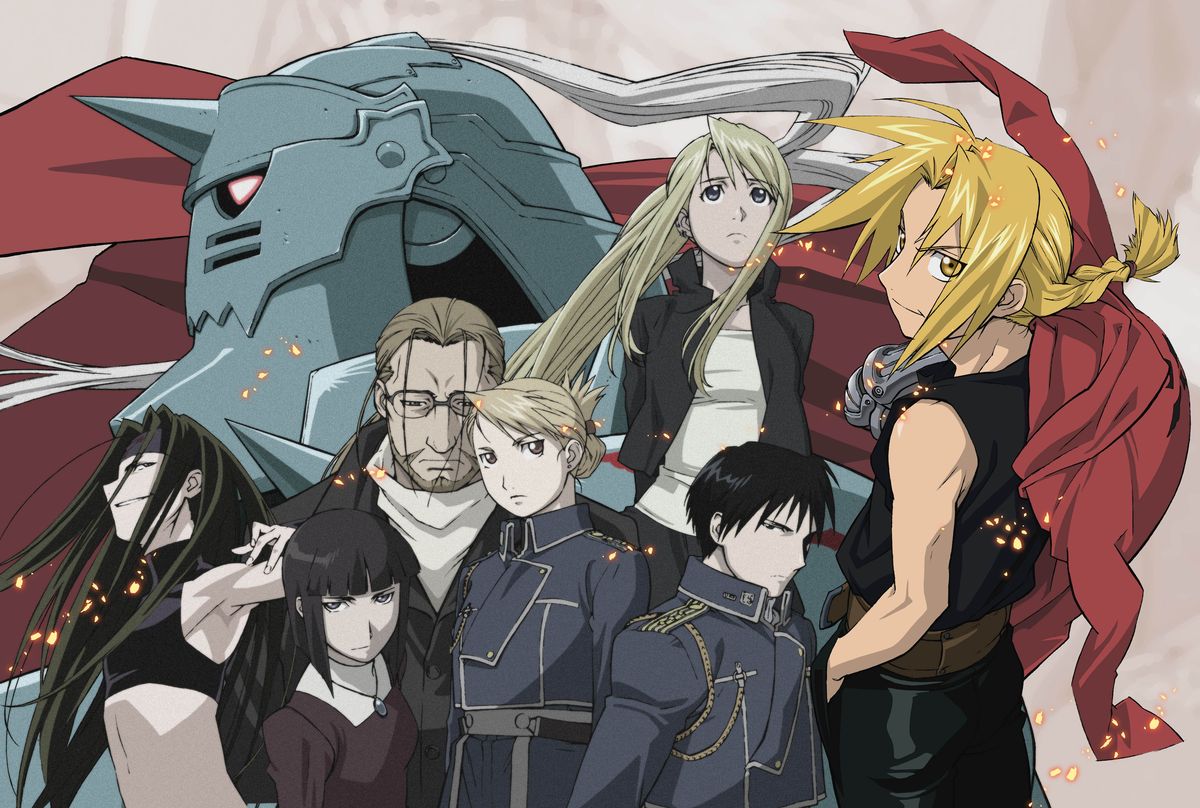
Claiming the sixth spot, Fullmetal Alchemist, by the highly respected Hiromu Arakawa, continued its critically acclaimed run. The series tells the poignant and often dark story of two brilliant young alchemist brothers, Edward and Alphonse Elric. After a tragic and forbidden attempt to resurrect their deceased mother through alchemy results in catastrophic consequences—Edward losing an arm and a leg, and Alphonse losing his entire body, his soul bound to a suit of armor—they embark on a perilous and arduous quest. Their goal is to find the mythical Philosopher’s Stone, believing it holds the key to restoring their original bodies. Fullmetal Alchemist is universally lauded for its compelling and emotionally resonant storyline, its intricately designed and logically consistent world-building, its deeply complex and psychologically nuanced characters, and its fearless exploration of profound moral dilemmas, the devastating realities of war, and the enduring power of family bonds. Its narrative depth and intellectual engagement have set a high bar for the genre. Its cultural impact is immense; Fullmetal Alchemist is widely considered one of the greatest manga series of all time, frequently appearing at the top of “best manga” lists. It has been notably adapted into two separate, highly successful anime series (the first in 2003 and Brotherhood in 2009, the latter more closely following the manga), numerous feature films, and various video games, showcasing its vast and enduring appeal across multiple media. In 2010, Fullmetal Alchemist sold 5,165,052 copies.

At number seven, Gintama, created by Hideaki Sorachi, offered a refreshingly unique blend of humor, action, and satire. The series is set in an alternate version of the Edo period, where Japan has been unexpectedly invaded by technologically advanced aliens known as the Amanto. The narrative loosely follows the misadventures of Gintoki Sakata, a former samurai who now works as a freelancer, taking on odd jobs alongside his eccentric companions, Shinpachi Shimura and Kagura, to make ends meet. Gintama is celebrated for its incredibly sharp wit, often breaking the fourth wall, its explosive and well-choreographed action sequences, and its clever parodies of other popular manga, anime, and broader Japanese pop culture phenomena. Beyond the humor, the series also delves into surprisingly serious themes of loss, the complexities of loyalty, the essence of friendship, and the challenges of adapting to rapidly changing times. The series’ distinctive comedic style, its memorable and endearing characters, and its willingness to tackle both the absurd and the profound have firmly established it as a beloved manga and anime series. Its cultural impact in Japan, particularly within the comedy and pop culture landscape, is significant, inspiring countless memes, references, and fan works. In 2010, Gintama achieved solid sales of 3,978,439 copies.
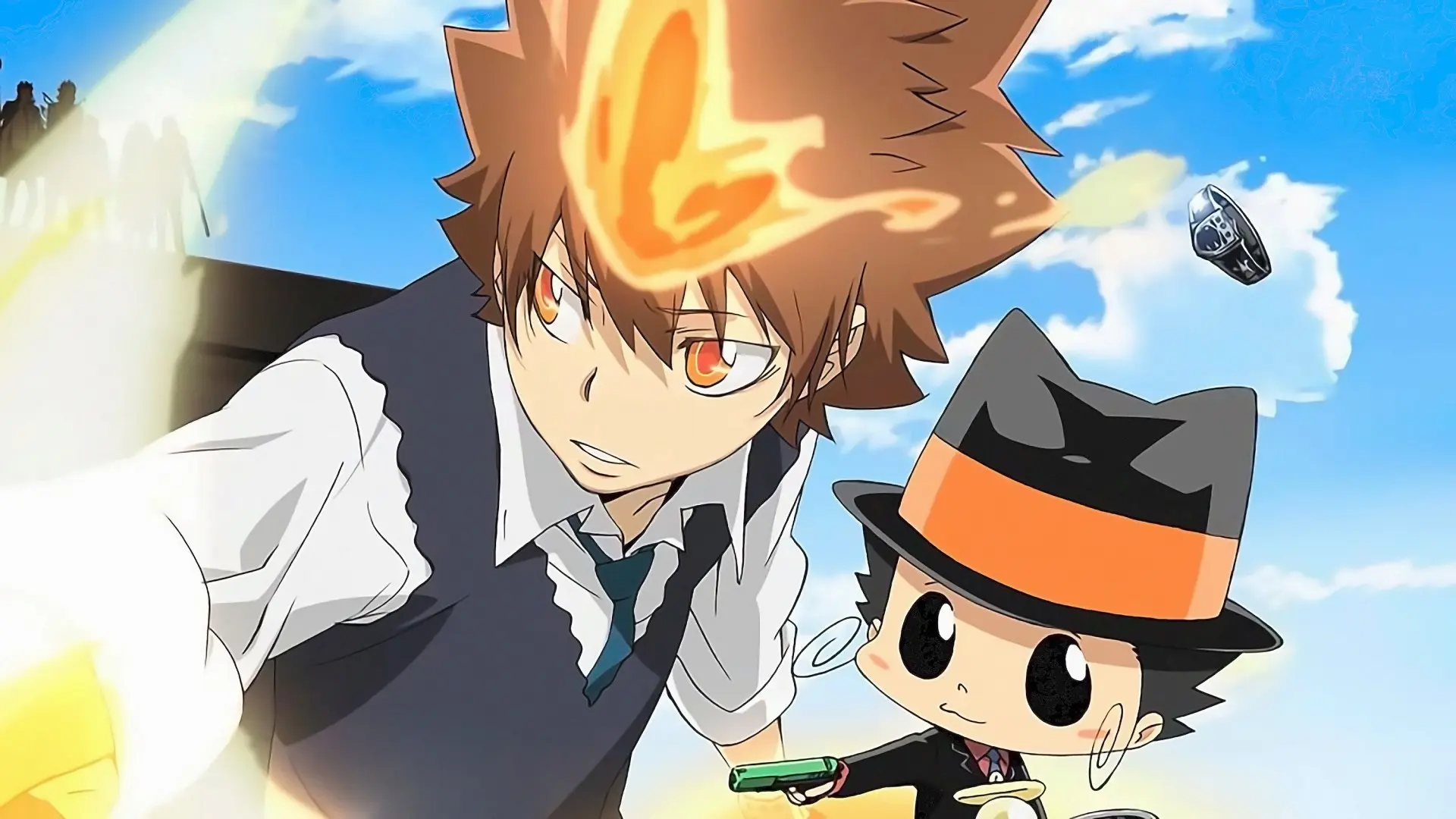
The eighth spot went to Katekyo Hitman Reborn!, by Akira Amano, a series that masterfully evolved from a comedic premise into an action-packed shonen powerhouse. The story initially introduces Tsuna Sawada, an exceedingly clumsy, unlucky, and unmotivated middle school student, whose life is turned upside down when he discovers he is the reluctant heir to the formidable Vongola Mafia family. His unexpected destiny leads to the arrival of Reborn, a mysterious infant hitman with extraordinary abilities, who becomes Tsuna’s eccentric and demanding tutor, preparing him to lead the Mafia family. Reborn! is praised for its unique and engaging premise, its dynamic evolution from gag comedy to serious action, and its extensive cast of interesting and well-developed characters, each with their own unique powers and personalities. The series is particularly noted for its exciting and strategically rich fight sequences. Its cultural impact is evident in the dedicated following it garnered for its distinct blend of comedy and high-stakes action. The series was successfully adapted into a popular anime series, which further amplified its fanbase, and also spawned several video games, cementing its place in the shonen landscape. In 2010, Katekyo Hitman Reborn! sold 3,479,219 copies. (Source: Anime News Network).

Taking the ninth position, Nurarihyon no Mago (Grandchild of Nurarihyon), by Hiroshi Shiibashi, captivated readers with its thrilling exploration of Japanese folklore and supernatural elements. The story follows Rikuo Nura, a seemingly ordinary middle school student who carries a profound secret: he is part human and part yokai (Japanese spirits). He is, in fact, the grandson of the legendary Nurarihyon, the Supreme Commander of the Nura Clan, a vast network of yokai. Rikuo is destined to become the next head of this powerful yokai clan, a role he initially resists due to his human side. Nurarihyon no Mago is highly appreciated for its unique and detailed take on classic Japanese mythology, its stylish and memorable character designs, and its compelling blend of supernatural action, elements of horror, and lighthearted humor. The series’ rich lore and the intricate hierarchy of the yokai world draw readers deep into its fantastical setting. Its cultural impact lies in its success in popularizing and reintroducing traditional Japanese yokai culture to a broader, modern audience, making these ancient spirits accessible and exciting. The series was successfully adapted into a well-received anime series, which further contributed to its popularity and visibility. In 2010, Nurarihyon no Mago sold 3,269,379 copies. (Source: Anime News Network).
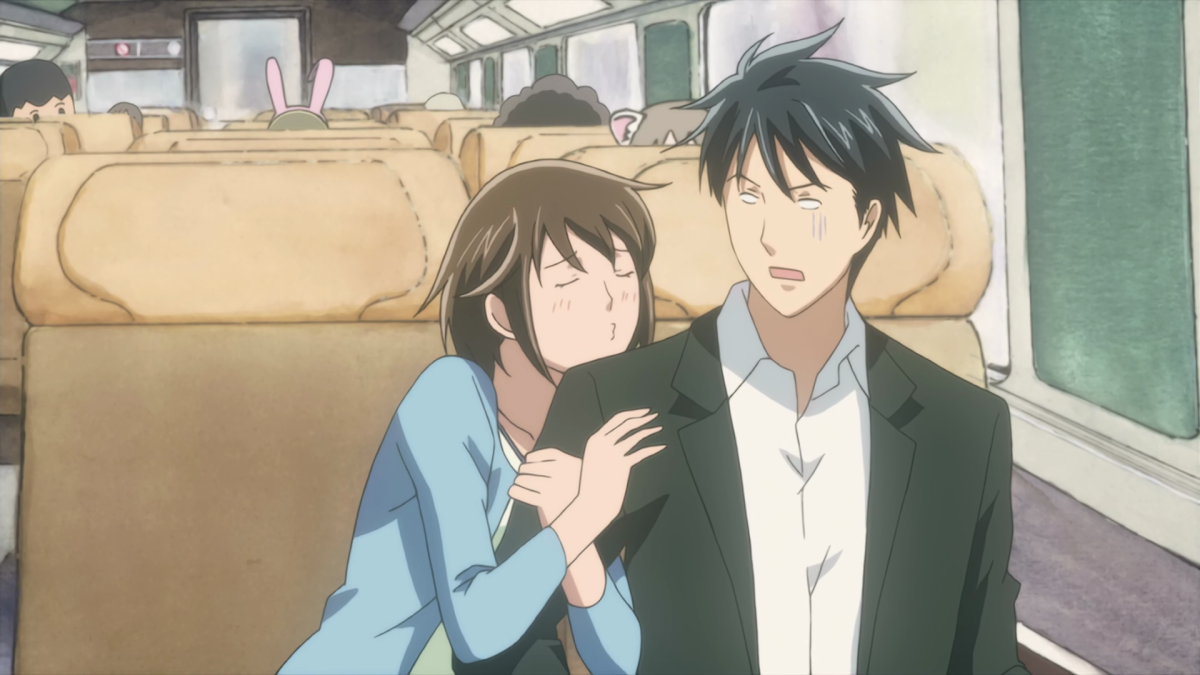
Rounding out the top ten, Nodame Cantabile, by Tomoko Ninomiya, offered a delightful and unique perspective on the world of classical music. This acclaimed josei manga primarily follows the intertwining lives of two vastly different music students at a prestigious conservatory: Megumi “Nodame” Noda, an incredibly talented but eccentric and free-spirited pianist with an unconventional approach to life and music, and Shinichi Chiaki, a highly gifted, perfectionistic, and often arrogant conductor who dreams of making his mark in Europe. Nodame Cantabile is universally praised for its charming and deeply relatable characters, its insightful and often humorous exploration of the demanding world of classical music, and its heartwarming and consistently funny storytelling. The series manages to make complex musical concepts accessible and engaging, appealing to both music lovers and those new to the genre. Its cultural impact is significant; Nodame Cantabile has been adapted into multiple highly successful anime series, beloved live-action dramas, and even feature films, all of which have significantly contributed to its widespread popularity. Beyond its entertainment value, the series has been credited with introducing and fostering an appreciation for classical music among a broader, younger audience in Japan and beyond. In 2010, Nodame Cantabile sold a respectable 3,246,355 copies.
Conclusion:
The top-selling manga of 2010 collectively painted a vivid picture of the diversity, creativity, and robust health of the Japanese manga industry. From the sprawling epic adventures that spanned continents and magical realms to the heartwarming romances that explored the complexities of human connection, and the intense supernatural battles that pushed the boundaries of imagination, these series captivated millions of readers with their unique narratives, compelling characters, and distinctive artistic styles. Their profound cultural impact continues to resonate even today, shaping popular culture, inspiring new generations of manga creators, and proving the enduring power of storytelling through sequential art. The success of these titles in 2010 underscores the global appeal and lasting legacy of Japanese manga.
